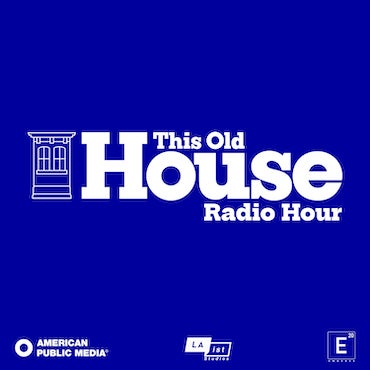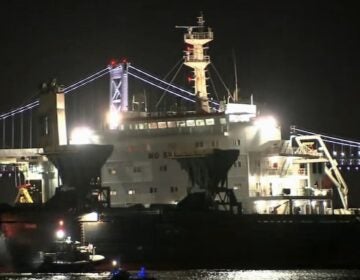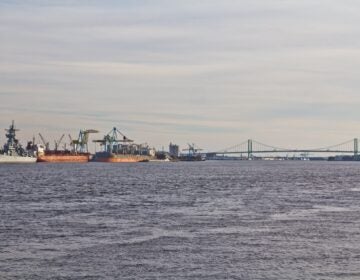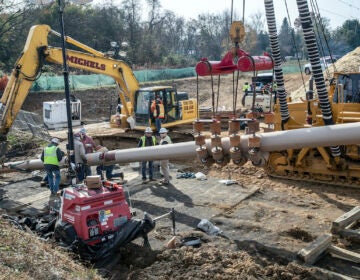Puerto Rico officials say they’re ready for hurricane season, but worries mount
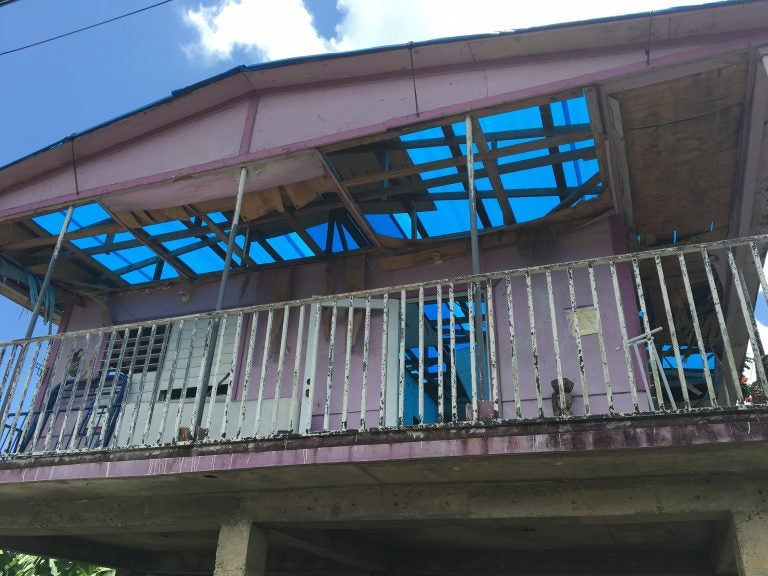
Rafaela Serrano's house in the municipality of Caguas is still roofless eight months after Hurricane Maria. Countless homes on the island remain damaged two weeks before the start of the next hurricane season. (Adrian Florido/NPR)
Standing at a lectern before reporters Thursday, Carlos Acevedo, the head of Puerto Rico’s emergency management agency, made an admission. Before Hurricane Maria, he said, the island’s government did not take updates to its hurricane response plans seriously.
“Before Maria, updating our plans was very easy,” Acevedo said. “We would take the first and last pages, remove them, replace them with new pages, sign them, and there was the new plan.”
It came as no surprise then, Acevedo said, that the government’s outdated and recycled plan – written for a Category 1 hurricane – was wholly inadequate to guide its response after Hurricane Maria’s category 4 winds devastated the island last September.
“I’m very honest,” Acevedo went on. “The plan did not say what we would do if the communication systems failed.” Which they did, thwarting the government’s ability to coordinate a response.
The reason he’d called reporters to the agency’s headquarters on the outskirts of San Juan was to get the word out that all that had changed. The agency was finalizing a process that Acevedo said it had never before undertaken. It had re-written its hurricane response plan “from zero.”
Two weeks before the start of hurricane season, local and federal officials in Puerto Rico are eager to assure the island’s residents that the government is better prepared than it has ever been to respond should another hurricane hit.
But across the island, and especially in communities still recovering from Hurricane Maria, many residents are highly skeptical.
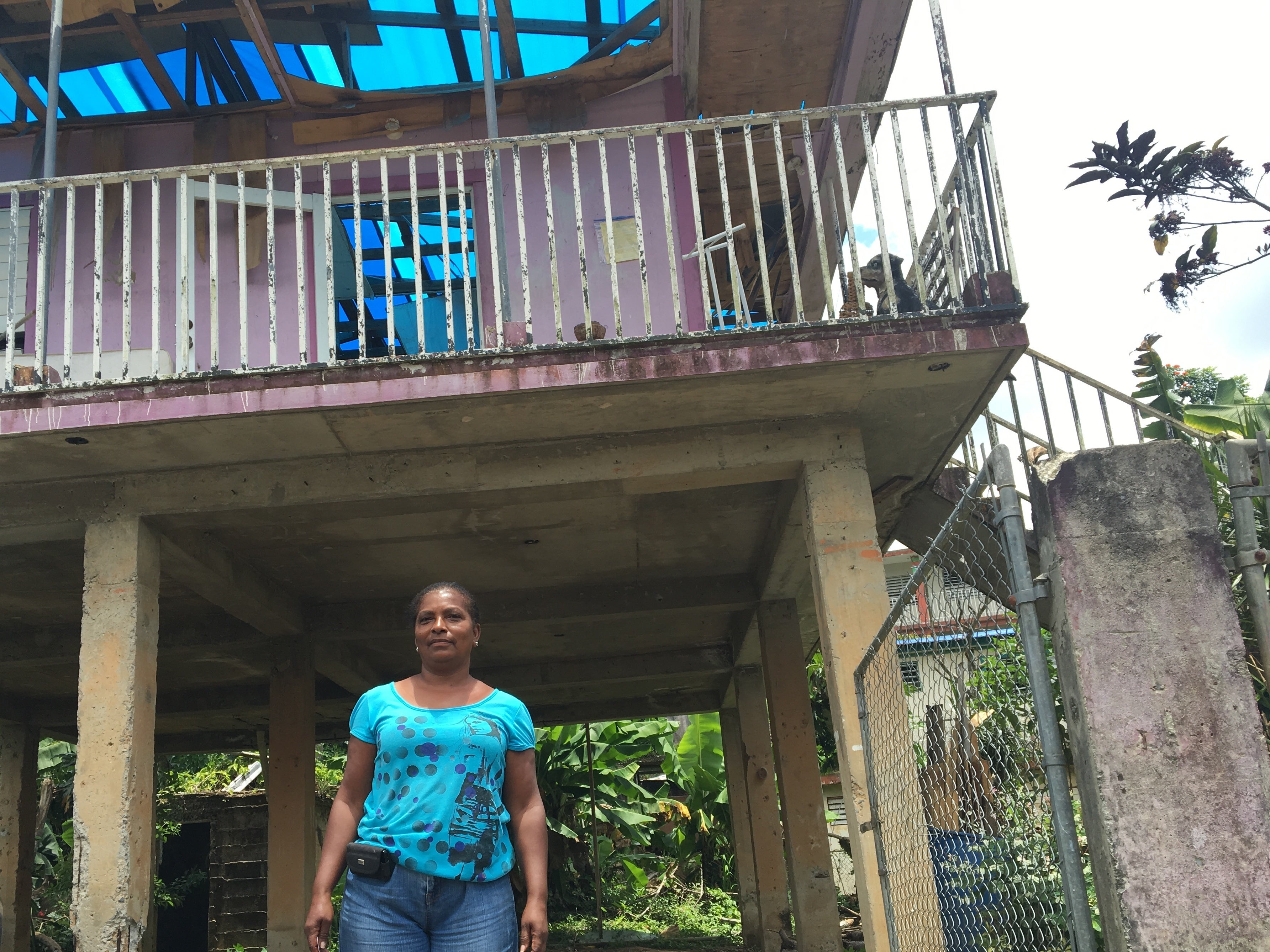
“Just look at my house,” said Rafaela Serrano, who lives on a sloping cul-de-sac in the municipality of Caguas. Her roof is missing, the gaping hole covered by a blue tarp that federal relief workers installed shortly after the storm. Most of the homes in her neighborhood still display unrepaired damage eight months after the hurricane tore off roofs and blew out windows. “A lot of people still haven’t fixed their houses. So no, we are not prepared for another hurricane,” Serrano said.
Nonetheless, officials insist they are well prepared.
The Federal Emergency Management Agency says it has added four new warehouses across the island and filled them with millions of emergency meals and bottles of water and tens of thousands of tarps. Before Hurricane Maria, FEMA had just one warehouse on the island, which made supply distribution difficult. And in the weeks ahead the agency plans to give additional supplies to each of the island’s 78 municipalities, so mayors can begin responding immediately should their communities once again be cut off in a storm’s aftermath. FEMA is also urging residents to create their own emergency plans, and to stock enough supplies to last ten days.
Officials also said they have pre-positioned emergency generators at critical facilities like police and fire stations and hospitals. And Sandra Torres, head of the agency that regulations telecommunications on the island, said work was under way to prevent another total collapse of the island’s communication systems. That includes the installation of satellite communications systems at critical facilities and new radio antennas at more than 320 hospitals. She also said that more than 1,000 miles of fiber-optic cables had been buried underground.
“Undergrounding is so important,” Torres said. “Not depending on poles owned by the power utility will help a lot, because the weight of the cables had a lot to do with the collapse of that infrastructure.”
One of the biggest concerns, of course, is the still fragile electrical grid. Roughly 18,000 homes on the island are still waiting for power, and on Friday, the last of the mainland restoration crews hired by the federal government will pack up and head home, leaving the rest of the job to PREPA, the island’s electric utility company.
Jenniffer Gonzalez, Puerto Rico’s non-voting member of Congress, had in the last week written two urgent letters requesting that FEMA extend the contract of those power crews so that the remaining homes could be energized more quickly. But on Thursday, Michael Byrne, FEMA’s top officer in Puerto Rico, said no extension would be granted.
Byrne said FEMA would, however, keep 700 emergency generators on the island, as well as the three massive generators hooked up to the island’s major power plants.
Despite all those preparations, Javier Solis said he was still worried.
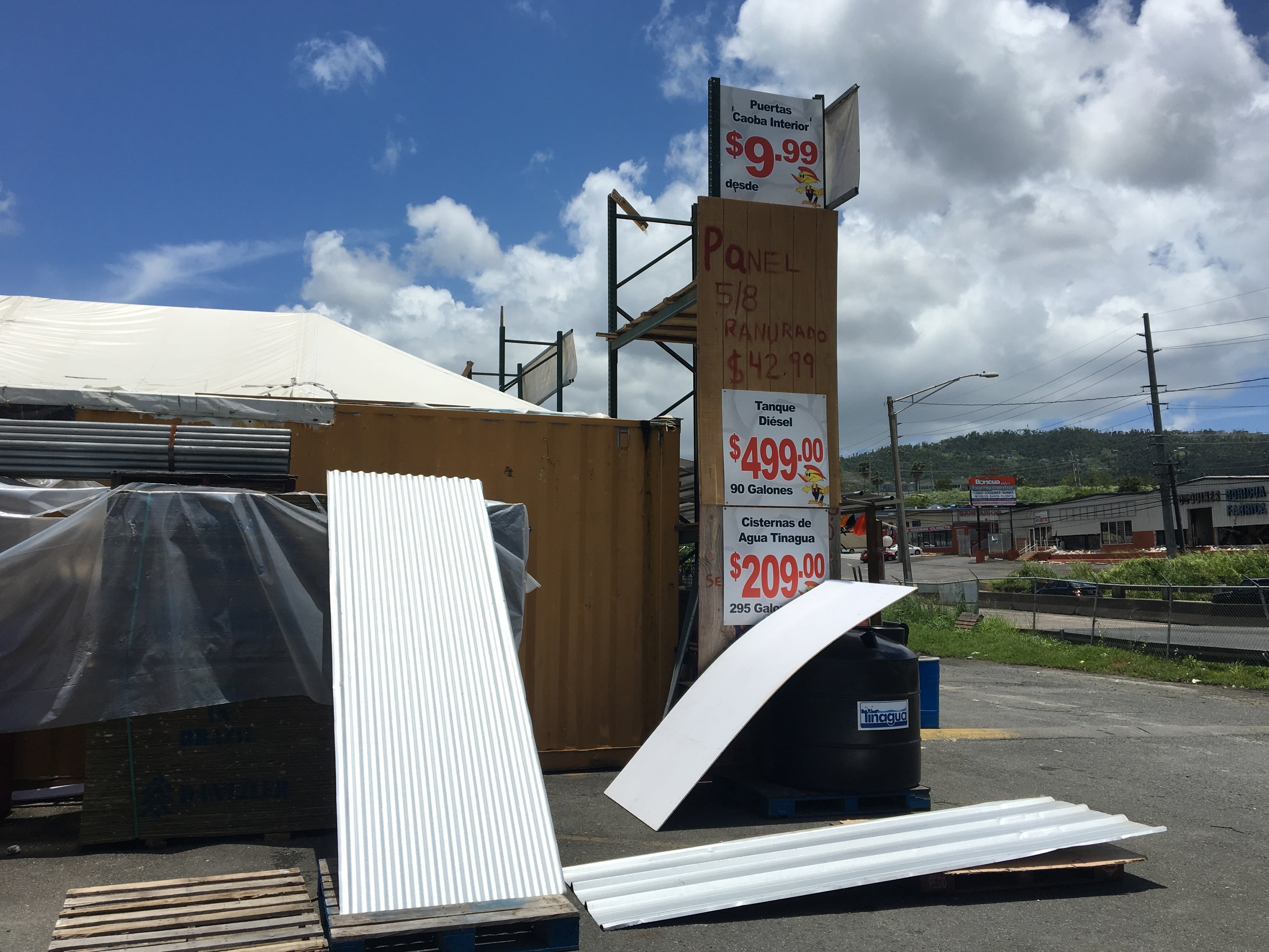
(Adrian Florido/NPR)
Solis runs a roadside hardware store on the outskirts of San Juan. Every day, he has customers showing up to ask for the corrugated aluminum roofing panels that Hurricane Maria blew off of so many homes on the island. He’s still having trouble stocking them, and when he does, they sell out within hours.
Solis also makes deliveries.
“I’ve driven to so many places on the island,” Solis said, including to areas still without power. “And I’ve seen so many homes without roofs, people who are still waiting for help, people who don’t have money for repairs, who all need the same thing but can’t get it.”
Solis thinks the only way that Puerto Rico will avoid massive destruction again is by evading another hurricane.
“Let’s hope we don’t get another one,” Solis said. “Because it’s going to be difficult. It’s going to be difficult.”
9(MDAzMzI1ODY3MDEyMzkzOTE3NjIxNDg3MQ001))
